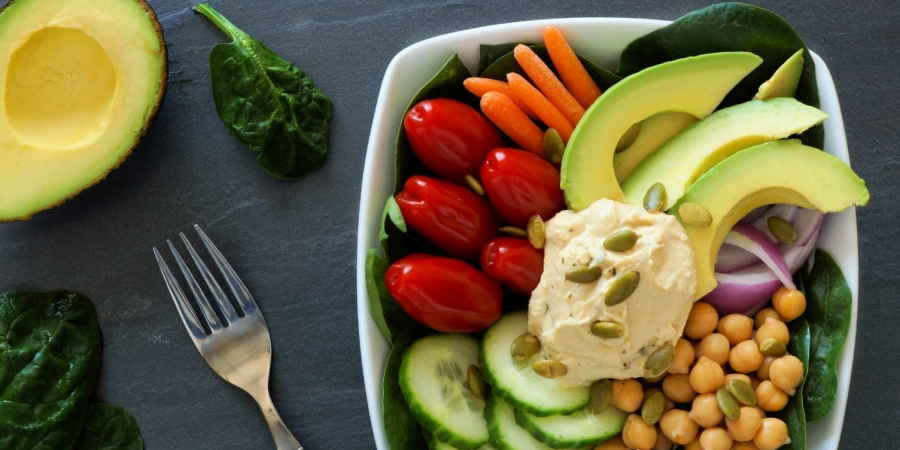

1. AVOCADO
The avocado is the fatty fruit of avocado tree scientifically known as Persea americana. The native of the fruit is Mexico and cental Asia. The fruit has a smooth and creamy texture, and it is rich in monounsaturated fats. Depending on cultivator, avocados have green, brown, purplish, or black skin, and may be pear-shaped, egg-shaped, or spherical. A whole medium avocado contains about 240 calories,13 grams carbohydrates, 3 grams protein, 22-gram fat, 10-gram fiber, and 11 milligrams sodium. Avocados contain no cholesterol. they are a favorite of the produce section and are used in guacamole dips, salads, wraps, smoothies, and even brownies.
2.Walnuts
Walnuts have greater antioxidant activity than any other common nut. This is due to vitamin E, melatonin, and plant compounds called polyphenols, which are found in the papery skin of walnuts. Walnuts are significantly higher in omega-3 fatty acids than any other nut. They provide 2.5 grams of omega-3s per 1-ounce serving. Omega-3 fats from plants, including walnuts, are called alpha-linolenic acid (ALA). Chronic inflammation is associated with various diseases, including heart disease, type 2 diabetes, Alzheimer’s, and cancer. The polyphenols in walnuts can help fight oxidative stress and inflammation.
3.Celery juice
celery juice has proven its health benefit nutritious, hydrating, low in sugar and an antioxidant. Celery juice contains beneficial antioxidants, such as apigenin and luteolin. These compounds have potent anti-inflammatory properties. Research shows that apigenin and luteolin can reduce inflammation and may help treat various inflammatory diseases. Raw celery is rich in vitamins and minerals, including vitamin K, vitamin A, vitamin B2, vitamin B6, vitamin C, folate, potassium, manganese, and pantothenic acid.
4.Ginger
Ginger has been used for centuries to alleviate nausea. It’s effective against various forms of nausea, including morning sickness during pregnancy. The mechanisms behind ginger’s weight loss effects are still being studied, but its potential to reduce inflammation may contribute to this benefit. Some research suggests that ginger may help regulate blood sugar levels. However, more studies are needed to confirm this effect. If you have diabetes, consult your healthcare provider before using ginger as a complementary treatment.
5.Chia seeds
Chia seeds are tiny powerhouse. Despite their small size, chia seeds are incredibly nutritious. Just 1 ounce (28 grams) or approximately 2 tablespoons of chia seeds contain the following impressive nutrients packed with nutrients. Calories: 138, Protein: 4.7 grams, Fat: 8.7 grams, Alpha Alpha-linolenic acid (ALA) (an omega-3 fatty acid): 5 grams, Carbohydrates: 11.9 grams, Fiber: 9.8 grams, Calcium: 14% of the Daily Value (DV), Iron: 12% of the Magnesium: 23% of the Phosphorus: 20% of the Zinc: 12% of the Vitamin B1 (thiamine): 15% of the DV. Chia seeds are an excellent source of antioxidants. These compounds protect the sensitive fats in chia seeds from going rancid and benefit human health by neutralizing reactive molecules known as free radicals. Free radical damage contributes to aging and diseases like cancer.
6.Garlic
Garlic, a pungent and flavorful ingredient commonly used in cooking, offers a host of health benefits. Garlic belongs to the Allium (onion) family and is closely related to onions, shallots, and leeks. When you chop, crush, or chew a garlic clove, it forms sulfur compounds, including allicin, which contribute to its health benefits. Garlic is also a good source of Manganese, Vitamin B6, Vitamin Selenium. Aged garlic extract (AGE) has been shown to enhance the immune system. Garlic may help lower blood pressure and cholesterol levels. It has an anti-inflammatory effect and reduces the risk of heart disease.
